Recently, although commercial banks have promoted green credit lending (loans that credit institutions lend for production, investment, and consumption needs that do not pose risks to the environment and ecosystem), there are still many concerns about the criteria for classifying green projects. Therefore, the Project on Green Banking Development in Vietnam has just been revised, with the expectation of creating conditions for credit institutions to promote green credit more and more effectively.
Less than 5% achieved
Green growth and sustainable development are inevitable trends, the goals that every country is aiming for, including Vietnam - one of the countries facing many environmental problems and heavily affected by climate change. However, as of early 2024, green credit balance is estimated to reach VND 500,000 billion, accounting for only about 4.5% of total bank credit balance. Compared to expectations, this figure is still quite modest.
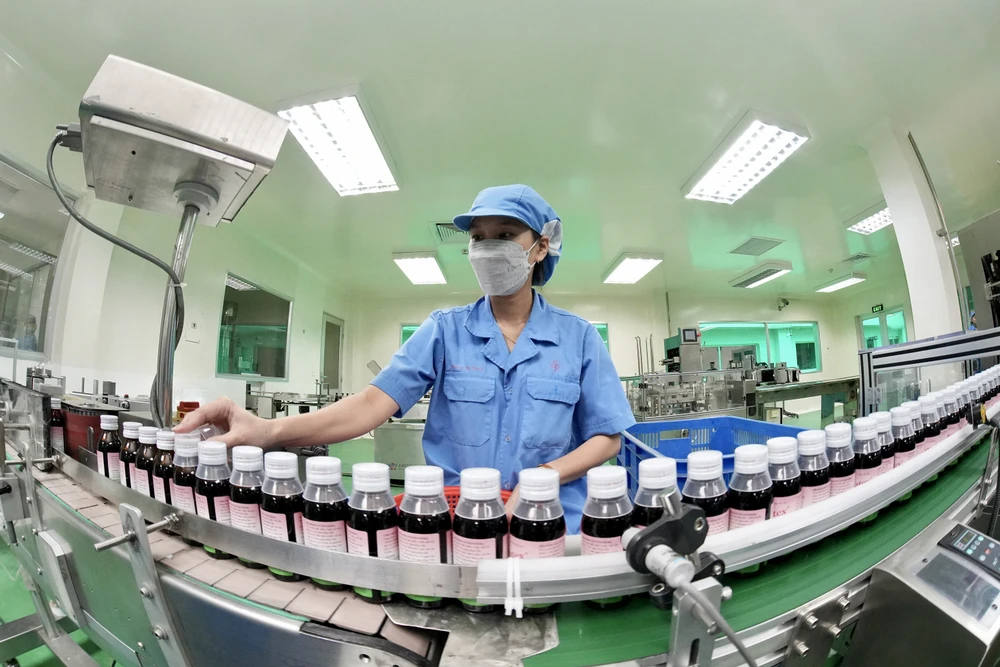
Despite the support of the Government and ministries, over the past 7 years (2017-2023), the green credit balance of the banking system has grown by an average of about 22% per year. Many credit institutions have developed green credit packages and green credit programs suitable for the characteristics of business activities and green transformation... but green credit and green development activities still face some barriers.
Specifically, there is no green classification list - the basis for the State Bank of Vietnam (SBV) to assess the effectiveness of credit policy solutions contributing to the implementation of national green growth goals. This is also an important basis for credit institutions to determine investment norms and scales, develop and implement appropriate banking policies, products and services. In particular, the implementation of green credit still has many problems such as: there is no legal framework or policies related to the implementation of green finance and sustainable finance.
To remove the above-mentioned barriers, in early August 2024, the State Bank of Vietnam issued Decision 1663/2024 amending and supplementing a number of articles of Decision 1604/2018 of the Governor of the State Bank of Vietnam approving the Green Banking Development Project in Vietnam. In particular, the State Bank of Vietnam has supplemented and edited a number of contents related to the development of green banking, green credit and specific tasks of relevant organizations and units.
Sharing about this, Mr. Nguyen Duc Lenh, Deputy Director of the State Bank of Vietnam, Ho Chi Minh City branch, said that the amendments and supplements related to credit institutions and orientations to facilitate access to green capital to develop green projects are necessary and meaningful amendments and supplements.
“This amendment makes the content of Decision 1663/2024 comprehensive in terms of policy and policy orientation. Accordingly, the requirement to develop green banking and green credit is not only the task of commercial banks but also the task of all credit institutions, including non-bank credit institutions such as finance companies, financial leasing companies and people's credit funds. This helps to enhance the sense of responsibility and initiative of the entire credit institution system in developing green credit. This is the basis and starting point for implementing green credit activities, expanding and growing green credit of each credit institution,” Mr. Nguyen Duc Lenh emphasized.
In fact, more and more credit institutions are now implementing environmental and social risk management in their credit granting activities and are gradually approaching international standards in this activity. Therefore, the SBV's amendment and supplementation of specific and comprehensive regulations for the Green Banking Development Project is a necessary step for the entire system to join in promoting sustainable financing activities.
Complete legal framework soon
Many commercial bank leaders said that banks are now ready to lend to green projects and are eager to find suitable customers. However, to expand lending, credit institutions are also very concerned about green classification criteria and capital sources for lending.
Mr. Pham Nhu Anh, General Director of MB Bank, said that the proportion of green credit on the credit scale of MB Bank is high, about 11% in 2023. The Bank also focuses on building policies for diverse green products, suitable for the criteria of national green industry groups and easy access for businesses.
“Currently, the preferential interest rate for green credit is 0.5%-2% lower than the normal interest rate, but not many businesses have access to this source of credit. Because there is no clear legal framework for the national green classification list to grant green credit, MB is temporarily using the ESG standard (a set of standards to measure factors related to sustainable development and the influence and impact of businesses on the community) as reducing greenhouse gas emissions by 20% or more. At the same time, applying standards in industries and fields of operation to evaluate green businesses to grant green credit,” said Mr. Anh.
Similarly, UOB Bank (Singapore)'s green trade finance portfolio across the region has reached SGD 44.5 billion (nearly USD 33 billion). Of which, Vietnam has 24 projects receiving green credit from this bank. In April 2024, UOB Vietnam signed a green trade finance agreement with an agricultural enterprise, Betrimex Company. To reach this cooperation agreement, Betrimex passed UOB Vietnam's very strict green credit review process.

Mr. Lim Dyi Chang, Senior Director of Corporate Banking at UOB Vietnam, said that one of the criteria when considering loan applications is that the borrower has measures to reduce carbon emissions by 14%-16%.
“Finding the right project to finance green development is not easy. In addition to businesses practicing ESG according to world standards, we will base our decision on human factors, how business impacts the environment, and whether it brings benefits to direct and indirect entities or not, then decide to grant credit,” said Mr. Lim Dyi Chang.
It can be seen that building and updating the green project portfolio is one of the biggest problems of credit institutions today in implementing green credit. Most units when providing green credit capital are based on the requirements of the international financial institution that has funded the bank with green credit capital and the regulations set by the bank itself.
Therefore, Decision 1663/2024 adds the provision that “The State Bank periodically updates the list of green projects” and sets out specific responsibilities for management agencies, such as: issuing guidelines on green credit and environmental risk management; issuing guidelines for preparing reports on green credit after relevant reports of the Government and ministries are issued; developing reference documents for credit institutions on green credit; environmental and social risk management... creating a unified legal basis for credit institutions to implement in practice.
* Dr. CAN VAN LUC, Chief Economist of BIDV:
To have investment capital for green development sectors, from now until 2040, Vietnam needs to mobilize about 368-380 billion USD, equivalent to 20 billion USD/year. Therefore, perfecting the legal framework will open up opportunities for the credit institution system to exploit the full potential in the green sector.
In particular, creating initiative in diversifying capital sources mobilized for the green sector, at the same time investing more deeply in designing green credit products, specific green bonds, instead of just basing on the purpose of capital use and industry according to the guidance of the State Bank for classification.
* Dr. NGUYEN TRI HIEU, banking and finance expert:
To remove obstacles in providing credit for green projects, the State Bank needs to issue clear regulations on the proportion of green credit in banks' credit portfolios. Specifically, each bank should allocate 10% - 20% of its credit portfolio to support environmental projects that meet green credit criteria. This regulation will force banks to arrange capital sources and find projects that meet the criteria.
In addition, it is necessary to develop the green bond market. Banks and large enterprises can participate in the issuance and trading of green bonds. Government guarantees are also important to promote the development of this type. Finally, banks need to comply with the regulations of the State Bank and actively participate in promoting green credit. This requires a specific roadmap and commitment from stakeholders.
HANH NHUNG
Source: https://www.sggp.org.vn/thuc-day-tin-dung-xanh-hieu-qua-post755826.html























































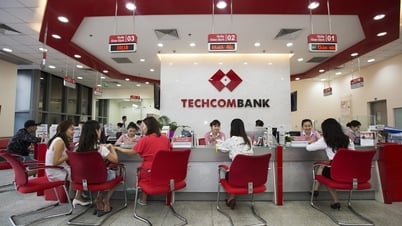






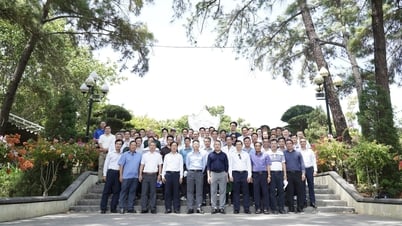

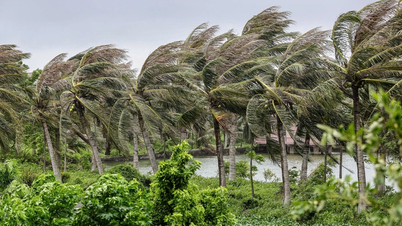
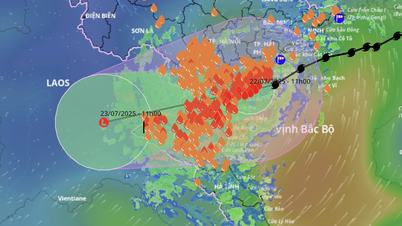

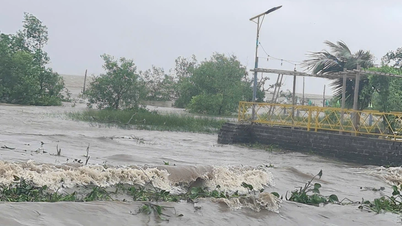


































Comment (0)